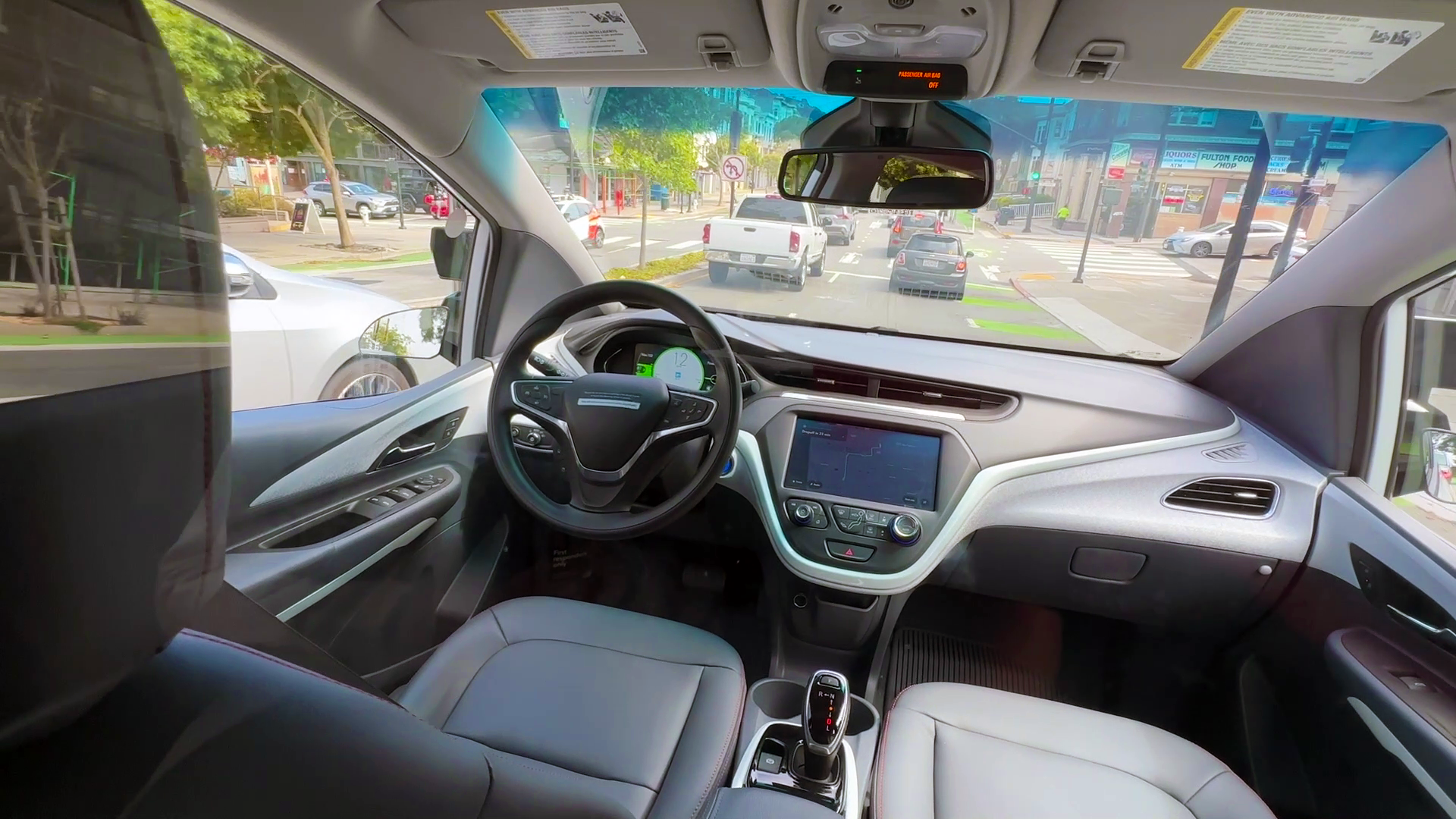Under the glow of chapel lights, more than a dozen people gather in a circle to say in public what most people talk about in private.
The discussion tonight, and every Thursday night, is racism.
Racists Anonymous, or RA, is a support group for individuals who want to be more conscious of racist behaviors.
What divides them is what brings them together.
Pastor Ron Buford of Congregational Church of Sunnyvale created the group in October 2016.
“We have people who meet here at the church for Alcoholics Anonymous every day, and Overeaters Anonymous eats here too,” Buford said. “Sitting in my office I would hear them saying the serenity prayer and the Lord’s prayer and I thought…I wonder if we used this to apply to the racism problem maybe it could make a difference.”
Racists Anonymous is modeled after Alcoholics Anonymous. Group members are given “12 steps” to use in the fight against judgment of people of different races.
Local
Christianity is also a part of the group. Each session starts with a serenity prayer and ends with the Lord’s prayer.
“I come to combat racism,” said Casey Ream, 26, who is a member of the church. “And to reflect and take moral inventory of the things that I’ve done throughout the week that may have been racist.”
No one who joins the group is called a racist. Yet, group members are free to call themselves racist as a way to understand and confront their own behaviors.
No group members can interrupt another person or try to "fix" another person's problem. Rather, everyone is encouraged to listen and provide personal comments. Professions and other personal information is asked to be left outside the group.
“In AA for example, an alcoholic is always an alcoholic. The same is true in RA,” Buford said. “I believe we’re always a racist and our goal of being mindful of it is to express less of it.”
Buford says there is no measurement of when someone is no longer racist. Being aware of and changing racist behaviors is a continuous task.
Anyone can attend RA. Jews, Muslims, Christians, Agnostics, men, women, young and older adults currently attend the one-hour weekly meeting. About 12 to 15 people attend regularly.
The groups meets in the heart of Silicon Valley, one of the most diverse regions in California.
Nearly 47 percent of Santa Clara county identifies as white, 32 percent Asian, 26.9 percent Hispanic or Latino, 2.6 percent African American, 0.7 percent Native American, and 4.9 percent two or more races, according to 2010 US Census Bureau Data.
RA member Ian Greensides says he believed such a diverse environment would welcome his multicultural family. He is white, his wife is Filipino, and his five children are of both races. Yet, he has joined the group because of the anger and frustration he has developed against “liberal, white friends” who he says would question Filipino’s intellect.
“Even though she [his wife] has two advanced degrees, took a class to get rid of her accent, people still don’t see her as an American,” Greensides said. “So what do you do with the frustration? You know why can’t people just see people as people?”
He’s having trouble helping his children answer that question as well.
His teenage son was pulled over in Idaho while driving with his white grandfather. He says the police officer asked his son why he was driving so slow, yet he was driving 72 in a 75 miles per hour speed limit zone. Greensides says he requested dash camera video from the encounter.
“I didn’t realize I had to have the talk that a lot of Black fathers have to have,” Greensides said. Group member May Wang likes the “spiritual approach” RA provides to fight racism.
“What attracts me is the look inside of me,” said Wang. “It’s inside out. It has nothing to do with being Asian. What attracts me is looking inside of me.”
Buford hopes other churches and organizations will begin their own RA circles. More than fifty groups have contacted the church in the last year to request a copy of the curriculum in order to start a new group.
“I happen to believe that all of us have an addiction to racism, particularly in America. We can no less be racist than I think a fish can be in the water without getting wet,” Buford said.
“Our hope is by reducing our own expression of racism and the group growing and spreading, more people will be mindful of their own racism.”



